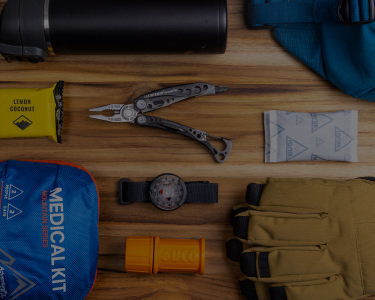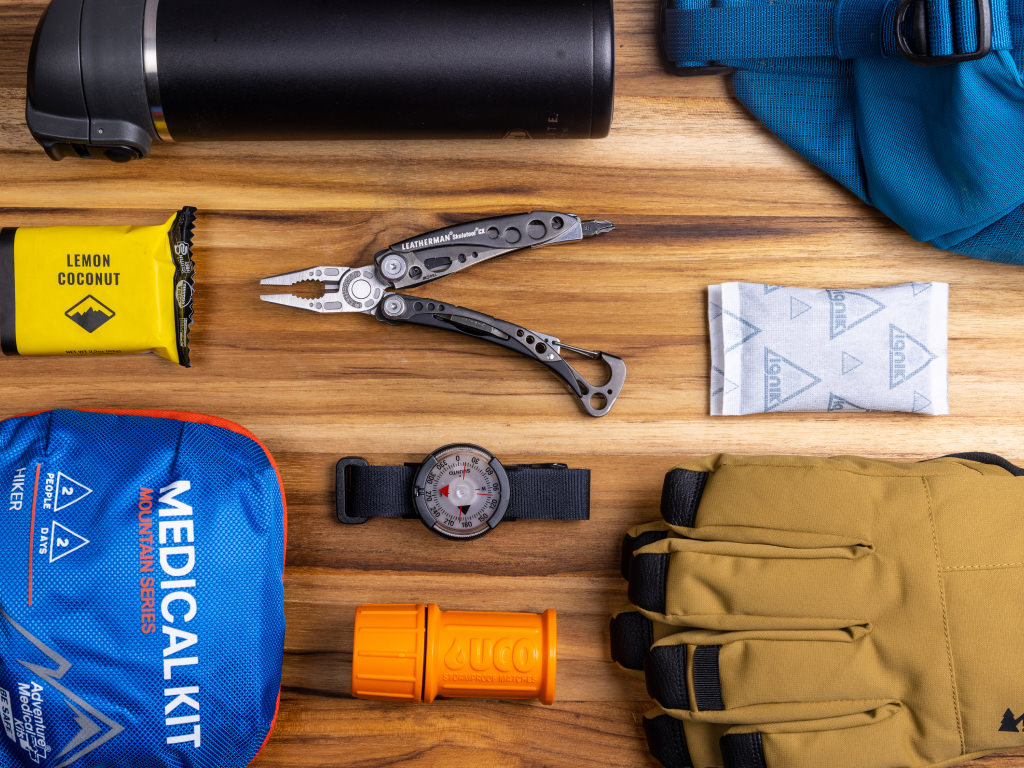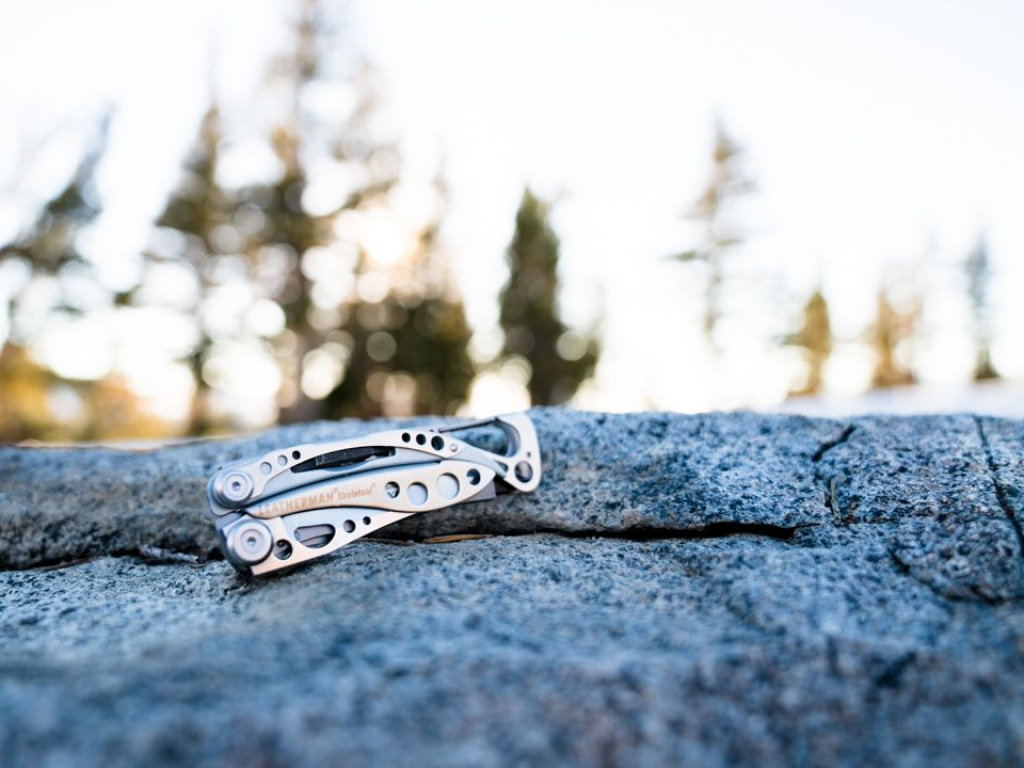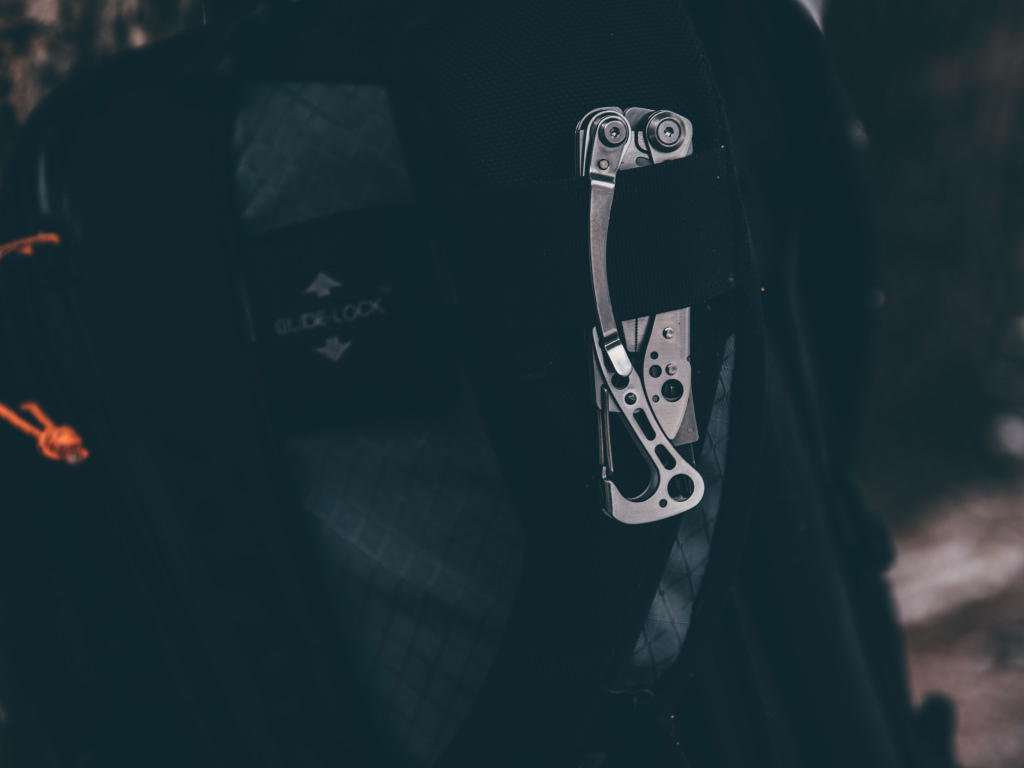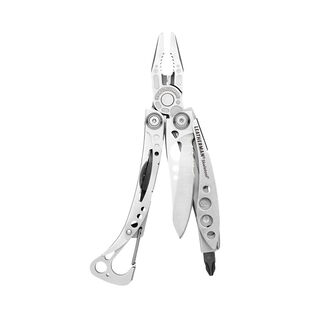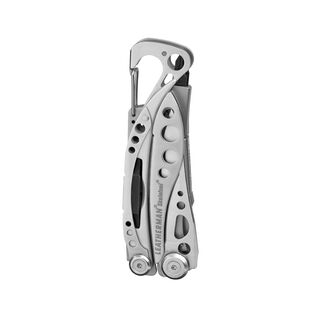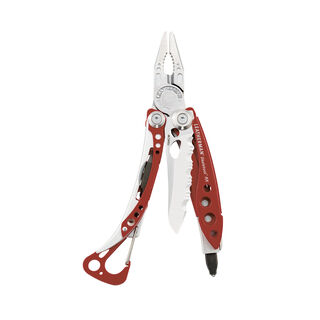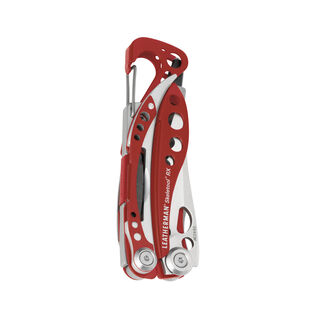Thinking of heading out for a winter trek? Great plan. Just be sure you’re prepared for things to go sideways to be on the safe side (it just might save your life). Not sure what winter gear to pack for your hiking journey? Here’s a short list of must-have outdoor gear for your trip.
Top 10 Things You Need For A Winter Hiking Trip
1. Good Hiking Boots
Your selection of hiking boots depends on the terrain. Whether you need extra traction for slippery surfaces (consider adding crampons if you’re really going out in serious ice and snow) or waterproof boots, proper footwear can make the difference between disaster and success. Along the same lines, invest in some hiking socks (and bring a spare in case one pair gets wet or you get blisters). Pro tip: Don’t head out in brand-new boots. Try them out on a few small hikes first to make sure they’re comfortable for the long haul.
2. Sturdy Backpack
If you’re going on a short day trip which is just a few miles out and back, a regular backpack will do. But for a trip where you’re racking up the miles or have to contend with different elevation gains and losses, upgrade to a pack with a frame. Frames will help support your load for a longer trip to protect your back and give you more stability on the trail. If you’re heading into two different climates (like the top of the Grand Canyon which may have snow to lower elevations where it’s a lot hotter), consider getting a hydration-specific backpack, so you don’t have to carry an awkward water bottle.
3. Leatherman Skeletool®
When every ounce matters, grab the compact, ultra-light 5 oz. Skeletool®. Perfect for long trips or short, it’ll help you solve problems like re-lacing your boots with the pliers or opening a bottle at the end of the day. A combo blade comes in handy, of course, for a wide range of purposes like trimming off some branches for kindling or prepping for a campfire meal. Multi-tools make every challenge on the trail a little easier to tackle.
4. Gloves
Like hiking boots for your feet, gloves are just as important for your hands. The best gloves for hiking should combine warmth, wind and waterproofing, let you use them easily, and hold up to rugged conditions. Protect your hands not just from weather, but also sharp rocks and ice. Like socks, be sure to pack an extra pair (or two) in case one pair gets damaged or wet, and pack an extra pair that will work when you need your fingers for starting a fire, using a knife, or whatever else that is harder to do with gloves on.
5. Insulated Canister
You’ve just done all this work to heat up some soup or a hot beverage, and Mother Nature has completely undone it with windchill. Keep warm things warm with a Thermos or something similar. Pro tip: Keep things hot even longer by preheating your container with boiling water.
6. First Aid Kit
Let’s be real here. Things can happen on the trail. Be ready for injuries big or small with a First Aid or emergency kit.
7. Headlamp
Keep your hands free and your pack light by wearing your light on your head. When you’re hiking pre-dawn or late evening, it will make a huge difference in visibility. Most headlamps have multiple modes and can be adjusted to angle the light where you want it. Plus, it’s always where you need it, so you don’t have to rummage through your gear to get it.
8. Compass & Map
Don’t rely on your phone GPS. If you’re in the woods without a signal, go old-school and pack a reliable compass and up-to-date map or road atlas to get you from here to there.
9. Toe and Hand Warmers
Avoid frostbite in your extremities (or just get that toasty, warm feeling) by packing a bunch of toe and hand warmers.
10. Firestarter
Starting a fire in the wilderness is not always an easy task. Make it faster and simpler though by packing a ferro rod along. Firewood sticks and tactical lighters are also handy. Are you the DIY type? Make your own fire starter by putting a wad of dryer lint in each cup of a cardboard egg carton and pouring wax over the top. You can also use sawdust, shredded paper or cut-up cardboard as filler.
Ready to go!
Head out in total confidence with all your winter hiking gear. Scenic views await.

